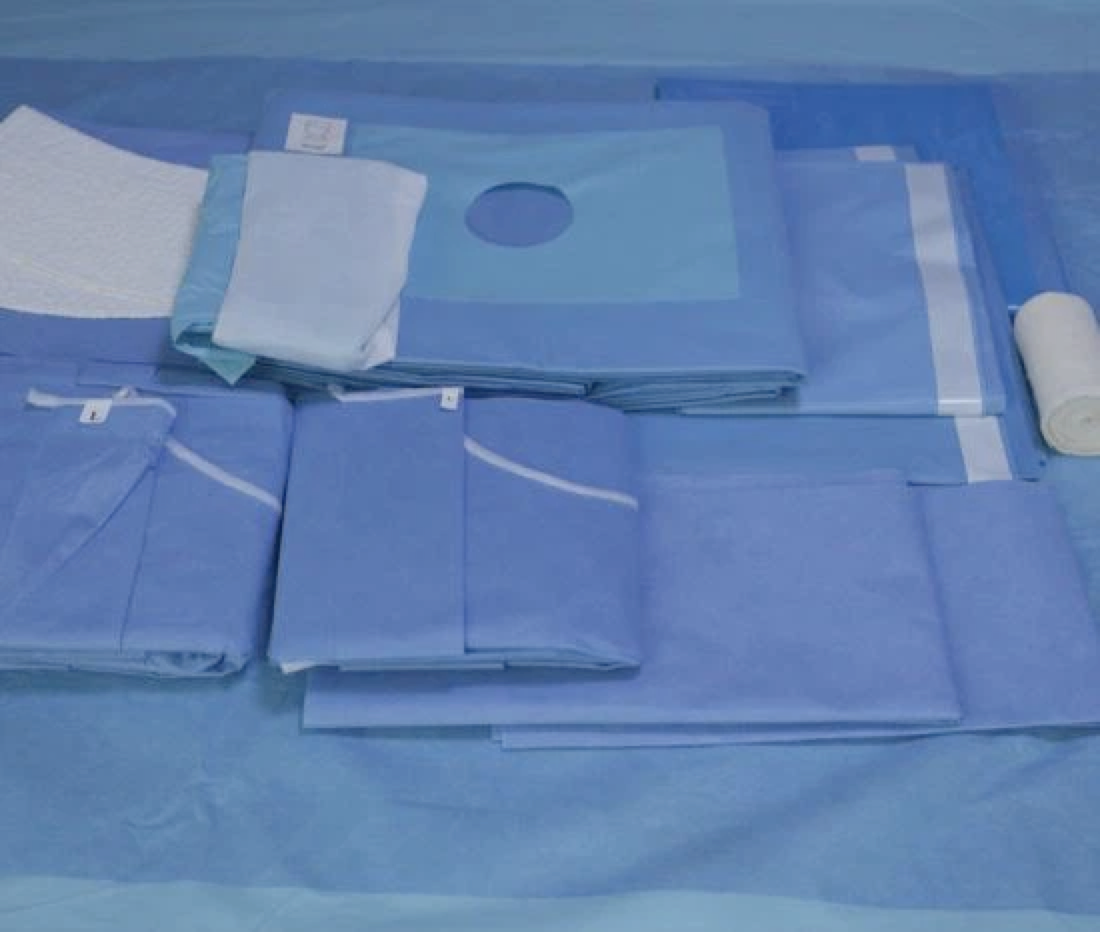Laparoscopic hepatectomy has been gradually applied to the treatment of various diseases in hepatobiliary surgery. The development of laparoscopic hepatectomy is the evolution of surgical access. The surgeon's experience, tumour location, patient size and liver anatomy are all factors that influence the surgeon's choice of surgical strategy and technique. With the development of laparoscopic techniques, hepatic resection surgical approaches have been updated and evolved. No consensus has been reached on laparoscopic hepatectomy approaches in China.
Over the past 30 years, laparoscopic hepatectomy has been gradually applied to the treatment of various diseases in hepatobiliary surgery. Laparoscopic hepatectomy has gone through the stages of open field of view-guided laparoscopic hepatectomy (initial stage), laparoscopic field of view-guided laparoscopic hepatectomy (developmental stage), technology-guided laparoscopic hepatectomy (perfection stage), and strategy-guided laparoscopic hepatectomy (maturity stage). Thus, the development of laparoscopic hepatectomy is a derivation of the surgical approach. Physician experience, tumour location, patient size and liver anatomy are all influential factors in the choice of surgical strategy and technique. The volume of laparoscopic hepatectomy in some domestic high-throughput medical centres is much higher than that of open hepatectomy, but the overall minimally invasive rate of hepatectomy in China is about 20%. Therefore, the Editorial Board of the Chinese Journal of Gastrointestinal Surgery organised domestic experts in related fields to formulate the "Chinese Expert Consensus on Laparoscopic Hepatic Resection Surgical Access (2023 Edition)" after several discussions, aiming to standardise the access and scope of laparoscopic hepatectomy.
Under the tubular vision of laparoscopy, the operating space is an important factor affecting surgery. According to the operating space, surgical approaches are classified as abdominal approach, retroperitoneal approach, thoracic approach, or combined thoraco-abdominal approach.
(I) Abdominal approach
As most of the liver and its tumours are located in the abdominal cavity, laparoscopic hepatectomy mostly adopts the abdominal approach.
The laparoscopic approach has a wide field of vision, which is in line with the traditional open surgical practice, and most of the liver tumours can be resected after the liver is appropriately freed.
(ii) Retroperitoneal approach
There is a large anatomical gap between the bare liver area and the right adrenal gland outside the dirty peritoneum. This gap is used to establish a spatial channel, i.e., the retroperitoneal approach. This approach can directly reach the bare area of the liver, and if necessary, the right posterior lobe of the liver can be appropriately freed to obtain a larger area, so that the instruments can reach the ideal surgical site for easy operation.
(III) Thoracic approach
Resection via thoracic approach means one-lung ventilation and incision of the diaphragm under direct vision to create a channel to reveal the subdiaphragmatic liver lesion and perform hepatic resection. This approach is not limited by the patient's abdominal environment and is suitable for patients with a history of upper abdominal surgery, such as recurrent liver cancer, colorectal cancer or gastric cancer with liver metastasis.
(iv) Combined thoraco-abdominal approach
Liver lesions located under the diaphragm are deep and often adjacent to the hepatic vein and inferior vena cava, so there are problems such as restricted field of vision and difficulty in revealing, difficult to reach the surgical instruments and bleeding is not easy to control. Thoracic approach has the advantages of short path and direct exposure of the lesion.





